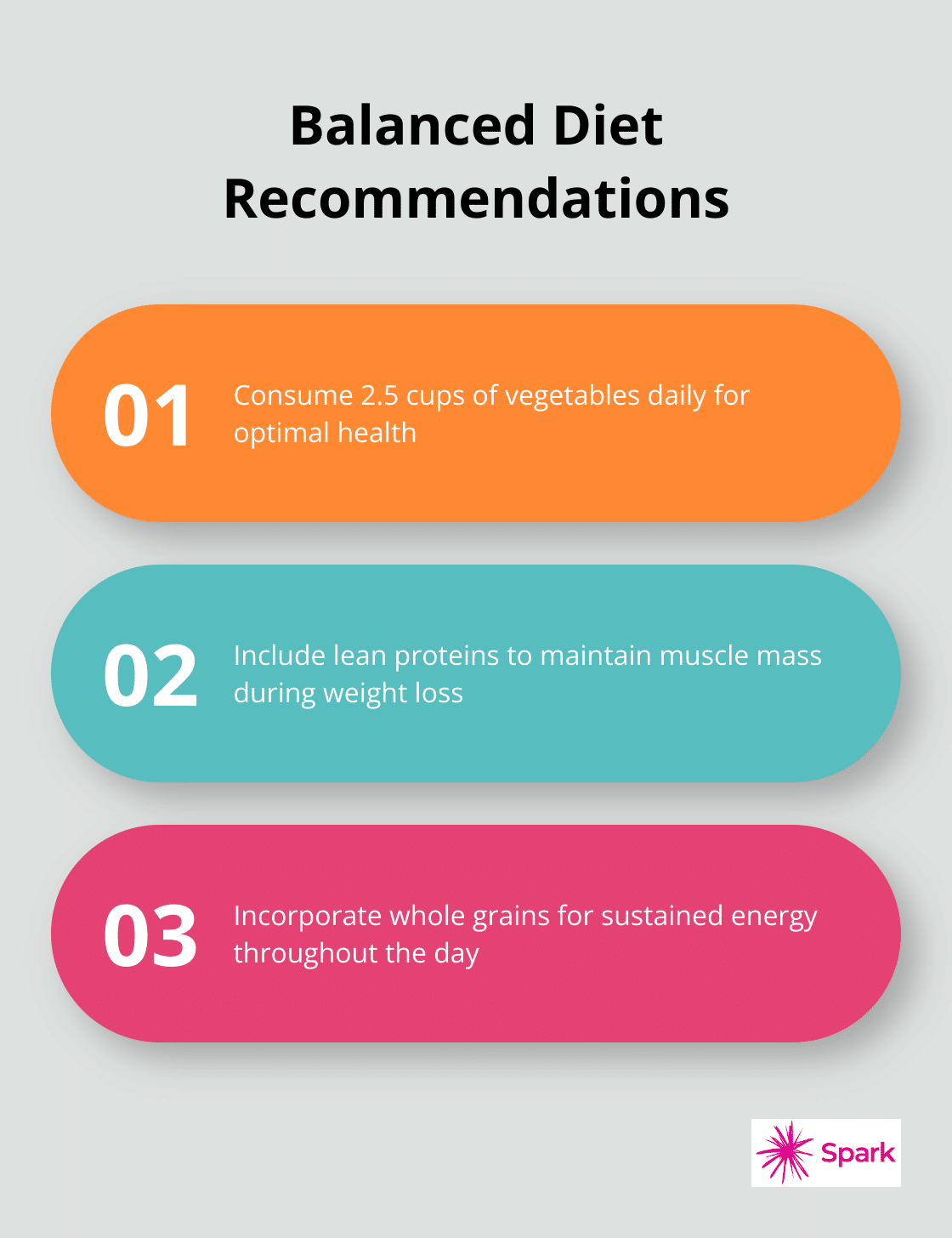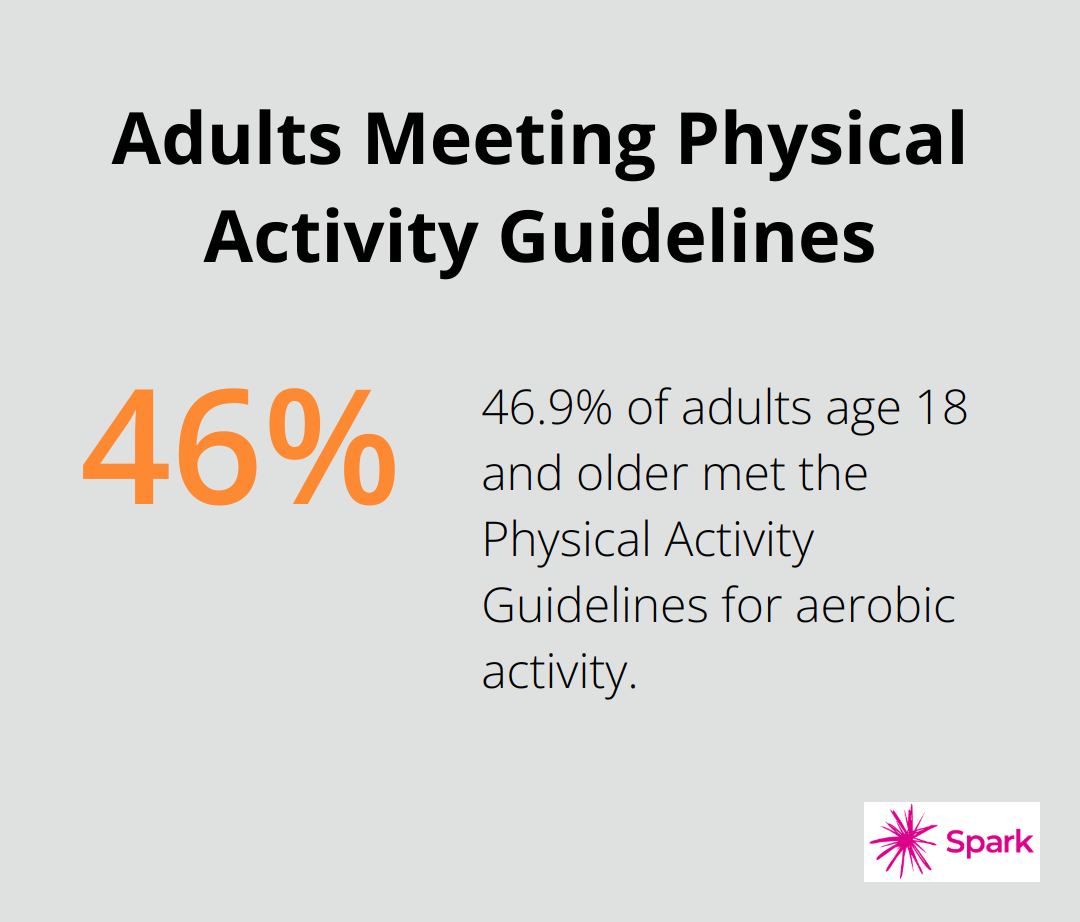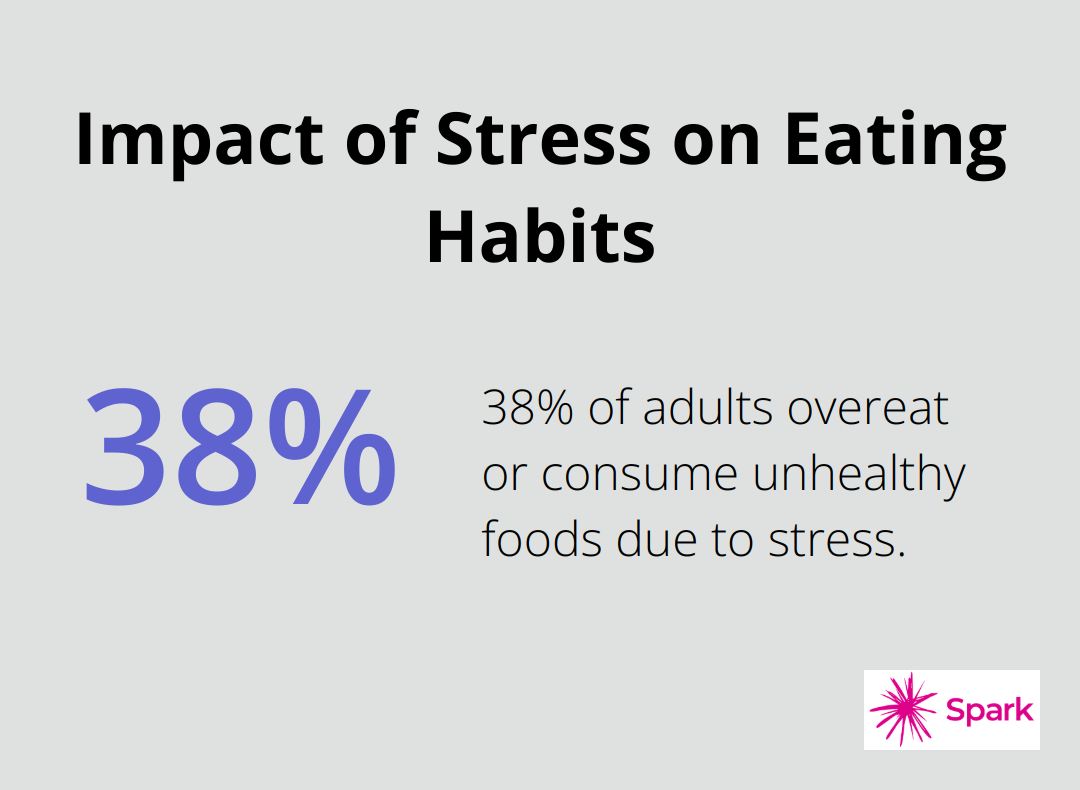At Spark Healthcare, we understand the challenges of weight loss and the desire for effective, non-surgical solutions.
Achieving a healthy weight doesn’t always require invasive procedures. Non-surgical weight reduction methods can be just as effective when implemented correctly.
This blog post will guide you through sustainable diet plans, exercise routines, and lifestyle changes that can help you shed pounds safely and naturally.
How to Create a Sustainable Diet Plan
The Power of Calorie Deficit
Weight loss requires burning more calories than you consume. A low-calorie diet involves consumption of 1,000–1,500 calories per day; deficits of 500–750 calories per day have been used for weight loss. Avoid extreme calorie restriction, as it can slow metabolism and cause nutrient deficiencies.
Nutrient-Dense Foods for Optimal Health
Fill your plate with foods that pack a nutritional punch. Lean proteins (chicken, fish, and legumes) help maintain muscle mass during weight loss. Fiber-rich vegetables and fruits keep you feeling full longer. Whole grains provide sustained energy. The American Heart Association recommends 2 1/2 cups of vegetables per day.

Smart Meal Planning and Portion Control
Meal planning prevents impulsive food choices and saves time. Prepare meals in advance and use portion control tools like smaller plates or measuring cups. A study in the Journal of the Academy of Nutrition and Dietetics found that individuals who planned meals were more likely to stick to dietary guidelines and had more variety in their diet.
Balancing Macronutrients for Optimal Results
A balanced intake of carbohydrates, proteins, and fats is essential for sustainable weight loss. The Dietary Guidelines for Americans provide recommendations for macronutrient intake. Adjust these percentages based on your individual needs and preferences.
Staying Hydrated
Proper hydration plays a significant role in weight loss. Water can help you feel full, boost metabolism, and support overall health. Try to drink at least 8 glasses of water per day (more if you’re active or in hot climates). Unsweetened tea and coffee can also contribute to your daily fluid intake.
Now that you have a solid foundation for creating a sustainable diet plan, let’s explore how to incorporate effective exercise routines into your weight loss journey.
Exercise for Effective Weight Loss
Cardio and Strength Training: A Powerful Combination
Combining cardiovascular exercise with strength training provides the most effective approach to weight loss. Cardio burns calories and improves heart health, while strength training builds muscle mass, which increases your resting metabolic rate. The American Heart Association recommends at least 150 minutes per week of moderate-intensity aerobic activity or 75 minutes per week of vigorous aerobic activity, along with muscle-strengthening activities at least two days per week.
High-Intensity Interval Training (HIIT) for Maximum Results
HIIT workouts offer a method for weight loss. A study aimed to determine whether a 12-week HIIT was more effective than MICT for weight loss in obese adults. These short, intense bursts of activity followed by brief rest periods burn more calories in less time compared to steady-state cardio.
Choose Activities You Enjoy
The key to maintaining an exercise routine is to select activities you genuinely enjoy. This could include dancing, swimming, cycling, or even brisk walking. The Centers for Disease Control and Prevention (CDC) reports that 46.9% of adults age 18 and older met the Physical Activity Guidelines for aerobic physical activity.

Gradual Progression for Sustainable Results
Start with manageable workouts and gradually increase intensity and duration. This approach reduces the risk of injury and burnout. The American College of Sports Medicine suggests increasing your workout time or intensity by no more than 10% per week.
Track Your Progress
Monitor your exercise routine and progress (using apps, fitness trackers, or a simple journal). This practice helps you stay motivated and allows you to adjust your workouts as needed. A study in the Journal of Medical Internet Research found that individuals who used fitness trackers were more likely to increase their physical activity levels.
Exercise plays a vital role in weight loss, but it’s only one piece of the puzzle. The next chapter will explore how lifestyle changes can further support your weight management journey and help you maintain your results long-term.
Lifestyle Habits for Lasting Weight Loss
Improve Your Sleep Quality
Sleep impacts weight management significantly. Researchers found that when dieters cut back on sleep over a 14-day period, the amount of weight they lost from fat dropped by 55%, even though their calories stayed the same. Try to get 7-9 hours of sleep each night. Create a consistent sleep schedule and a relaxing bedtime routine. Make your bedroom conducive to sleep (keep it dark, quiet, and cool).
Manage Your Stress Effectively
Chronic stress can undermine your weight loss efforts. The American Psychological Association reports that 38% of adults overeat or consume unhealthy foods due to stress. Practice stress-reduction techniques such as deep breathing, progressive muscle relaxation, or meditation. Apps can guide you through these practices (even just 10 minutes a day can make a difference).

Create a Strong Support Network
A robust support system can significantly impact your weight loss success. A study in the Journal of Consulting and Clinical Psychology found that participants with support from friends or family lost more weight and maintained their weight loss better. Join a weight loss support group, find a workout buddy, or share your goals with supportive friends and family.
Monitor Your Progress
Tracking your progress is essential for long-term success. Use a food diary or a tracking app to log your meals and physical activity. A study in the American Journal of Preventive Medicine found that people who kept a food diary six days a week lost about twice as much weight as those who kept food records one day a week or less. Review your progress regularly and adjust your approach as needed.
Develop Mindful Eating Habits
Mindful eating can help you make better food choices and prevent overeating. Pay attention to your hunger cues, eat slowly, and savor each bite. Avoid distractions like TV or smartphones during meals. Research has shown that mindfulness-based interventions can be effective for treating obesity-related eating behaviors, such as binge eating and emotional eating.
Incorporate Regular Exercise
Regular physical activity is essential for weight loss and overall health. This can range from cardio exercises to strength training, depending on your fitness level and preferences. Aim for at least 150 minutes of moderate-intensity aerobic activity or 75 minutes of vigorous-intensity aerobic activity per week, along with muscle-strengthening activities on two or more days a week.
Final Thoughts
Non-surgical weight reduction requires dedication, patience, and a holistic approach. You can achieve your weight loss goals naturally and safely through sustainable diet plans, effective exercise routines, and positive lifestyle changes. Consistency plays a key role in your journey, as small, sustainable changes over time lead to significant results.
Everyone’s weight loss journey is unique, and setbacks are a normal part of the process. If you struggle to achieve your goals or have underlying health conditions, professional guidance can help. At Spark Mental Health, we offer personalized, evidence-based care for various conditions that may impact your weight loss journey.
Our telepsychiatry services provide convenient access to expert support from the comfort of your home. You can achieve sustainable weight loss and improve your overall health and well-being by combining the strategies outlined in this post with professional support (when needed). Take the first step today and embrace the path to non-surgical weight reduction.






